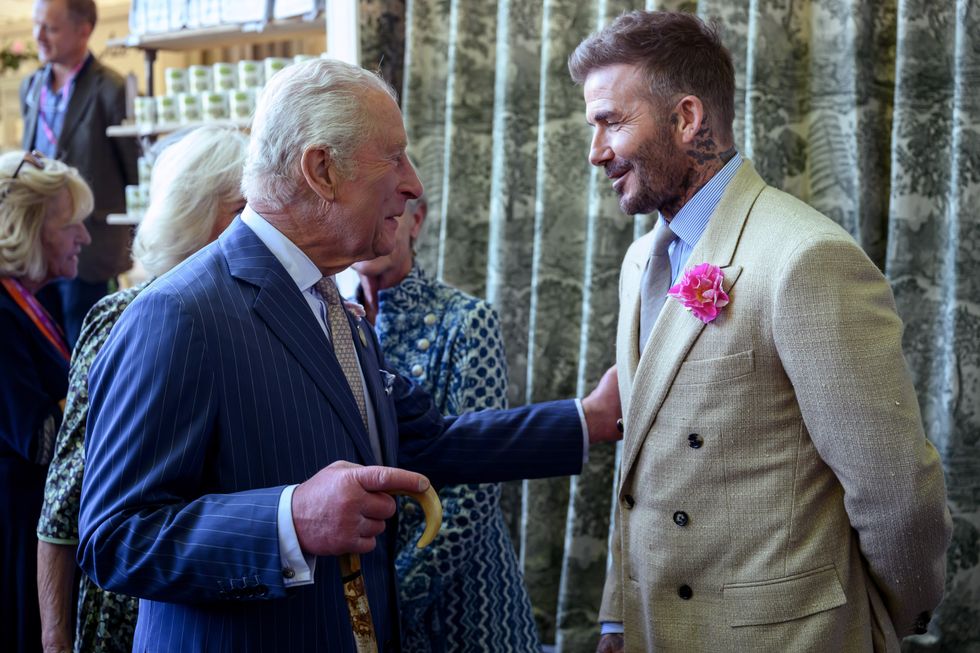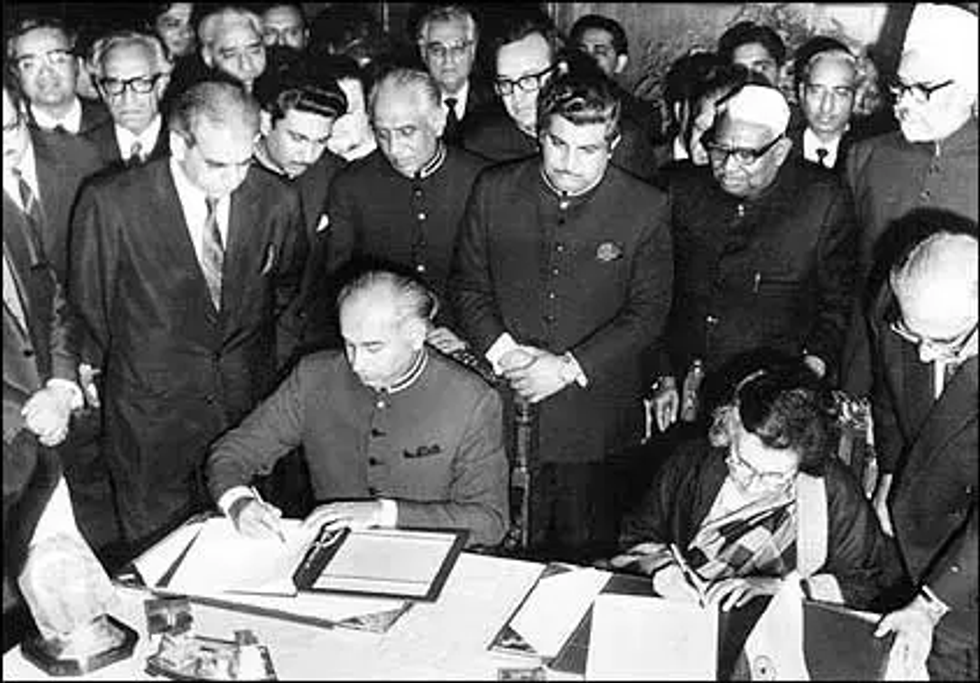NOBODY expected the 2017 General Election to end up on a knife-edge, least of all the prime minister Theresa May, who asked for a resounding personal mandate and ended up losing the majority she started with.
There is already good early evidence to suggest the Conservatives went backwards with ethnic minority voters in 2017. No full-scale survey yet exists, but Lord Ashcroft’s election day national survey suggests ethnic minority voters were only half as likely to vote Conservative as their white British counterparts.
Ashcroft finds that 42 per cent of white British voters support May’s party, but estimates only a 21 per cent vote share among ethnic minorities, compared to 65 per cent of the ethnic minority vote for Labour.
The Runnymede Trust has analysed the constituency results in the 75 most ethnically diverse seats, showing Labour winning 65 per cent of all voters in these seats, up 11 per cent on 2015. Their analysis shows the Conservative support flatlining, with a 0.3 per cent fall in votes in diverse seats, in contrast to their six per cent advance across the country.
The voting gap between the parties with ethnic minority voters was crucial in enough key marginal constituencies to have been crucial in the Conservative failure to secure a majority.
The Conservative election strategy aimed for a landslide but failed on two fronts. The plan hoped to take pro-Brexit seats from Labour but won only five of them. The few victories, including Mansfield, Middlesbrough South and Derbyshire North-East, did reflect a pro-Conservative swing in northern and Midlands seats which had an older demographic, fewer university graduates and low ethnic diversity.
The Conservaties did not win quite as much of the collapsing UKIP vote as they had hoped – and badly underestimated how that pitch put other voters off.
The Conservatives did especially badly in London, in university towns and cities, and also in constituencies with high levels of ethnic diversity. The high-diversity Conservative target seats swung to Labour. Of the 29 Conservative losses to Labour, nine were in constituencies among the top 150 most ethnically diverse in England, including in Bedford, Reading East and Keighley in Yorkshire, as well as several seats lost in London.
Why did the Conservatives go backwards? British Asian voters have been increasingly keen to shop around with their votes – and David Cameron made significant efforts to increase the party’s appeal. This was a much lower profile effort this time around. Ethnic minority voters could tell that ex-Ukippers were the priority.
Ironically, May’s manifesto did contain some of the strongest language on racial inequality that the Conservatives have ever used – describing the ‘burning injustices’ of racial inequality – but that was never part of the party’s national message. Very few voters following the election on TV news and radio bulletins would ever have heard about it. What voters did hear was a tough and uncompromising message about Brexit. A third of British Asians voted for Leave, but two-thirds chose Remain, more because of the economic risks and mistrust of UKIP’s Nigel Farage rather than any great enthusiasm for Brussels.
A pragmatic approach to Brexit which protected the economy would work for many on both sides. Replacing free movement with a new immigration system would have a broad appeal among British Asians too, in favour of a different approach to balancing European and Commonwealth migration.
But May’s public message seemed to offer a much tougher crackdown – insisting stubbornly on keeping an immigration target which demands cuts in skilled and student migration from outside Europe after Brexit, while castigating those who challenge her as ‘citizens of nowhere’.
The messages which made it harder for ethnic minorities to consider the Conservatives in 2017 put off many white British voters too. If a party is struggling with younger voters, as the Conservatives did, it will struggle to win British Asian voters, given that one in five first-time voters are not white.
Parties can’t hold power without winning enough votes to govern – but a broader appeal should be a question of values as well as self-interest. No party which aspires to be a party of ‘One Nation’ should be content with being only half as likely to win ethnic minority as white votes.
The lesson of 2017 may be that it will be ever more difficult to win a majority without appealing to Britons of every colour and creed.





 Hatul Shah
Hatul Shah










 David Beckham wearing a David Austin Roses "King's Rose" speaks with King Charles III during a visit to the RHS Chelsea Flower Show at Royal Hospital Chelsea on May 20, 2025Getty Images
David Beckham wearing a David Austin Roses "King's Rose" speaks with King Charles III during a visit to the RHS Chelsea Flower Show at Royal Hospital Chelsea on May 20, 2025Getty Images

 Kurukshetra battlefield illustration
Kurukshetra battlefield illustration
 Chanakya
Chanakya  Shimla Agreement
Shimla Agreement Kargil War 1999
Kargil War 1999
Did the lack of minority appeal cost May majority? By Sunder Katwala